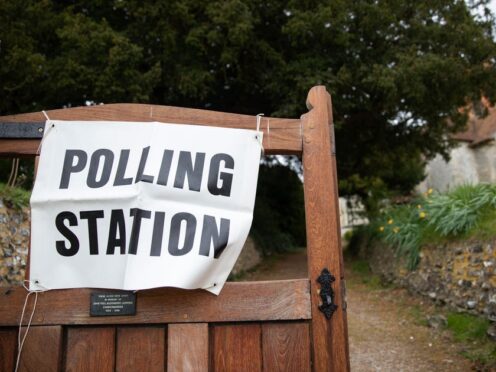
Rishi Sunak’s decision not to go to the polls on May 2 means the UK could see one of the longest periods between general elections since the Second World War.
Under electoral law, the current Parliament has to be dissolved – in other words, come to an end – on December 17 2024, exactly five years since it first met on December 17 2019.
A general election must then take place within 25 working days of dissolution.

This means the latest possible date by law for the next election to take place is January 28 2025.
If Mr Sunak chooses to run down the clock and wait until this date to go to the polls, it will be five years and 47 days since the last general election: a gap unprecedented since 1945.
The current post-war record for the longest period is five years and 22 days, between the general elections that took place on April 9 1992 and May 1 1997.
This record would be broken if the next polling day falls on any date between Saturday January 4 2025 (five years and 23 days since the 2019 election) and Tuesday January 28 (five years and 47 days).
General elections are typically held on a Thursday in the UK, although they can be held on any weekday.
The latest possible Thursday on which the next election can be held is January 23 2025: five years and 42 days since the last election.

Mr Sunak has suggested he won’t wait quite this long and that polling day will be in 2024.
The prime minister can trigger a general election at any point during the life of a parliament by requesting a dissolution from the King.
If Mr Sunak decided to squeeze in an election just before Christmas, on Thursday December 19 2024, it would be five years and seven days since the 2019 election.
This would equal the second-longest post-war gap between polls, which is the five years and seven days between the general elections of October 8 1959 and October 15 1964.
A general election earlier in the autumn of 2024 would still mean an atypically long period between polls.
For example, the Prime Minister could use the Conservative party conference in Birmingham, which runs from September 29 to October 2, as the occasion to call a general election for November 14, with the dissolution of Parliament occurring on October 10.
This would mean there was a gap of four years and 338 days between the 2019 and 2024 elections, which would be the fifth-longest gap since 1945.
Another scenario could see Mr Sunak decide to fit in a general election before this summer, perhaps on June 20, with dissolution taking place on May 15.
This would leave enough time for the May 2 local and mayoral elections to be completed and for Parliament to return from recess on May 7 to allow MPs and peers to decide which – if any – remaining pieces of non-controversial legislation should be approved.
A general election on June 20 would come four years and 191 days after the 2019 election, the eighth longest gap of its kind since the war.
Voting in the 1945 general election was held over several weeks in July 1945 and came almost a full decade since the previous election in November 1935.
This was because the normal five-year electoral cycle – which would have seen a general election in 1940 – was suspended for the duration of the conflict.

Enjoy the convenience of having The Sunday Post delivered as a digital ePaper straight to your smartphone, tablet or computer.
Subscribe for only £5.49 a month and enjoy all the benefits of the printed paper as a digital replica.
Subscribe